The true story behind the real-life Dutton ranch where Yellowstone is filmed
The historic ranch has become a character of its own in the hit drama
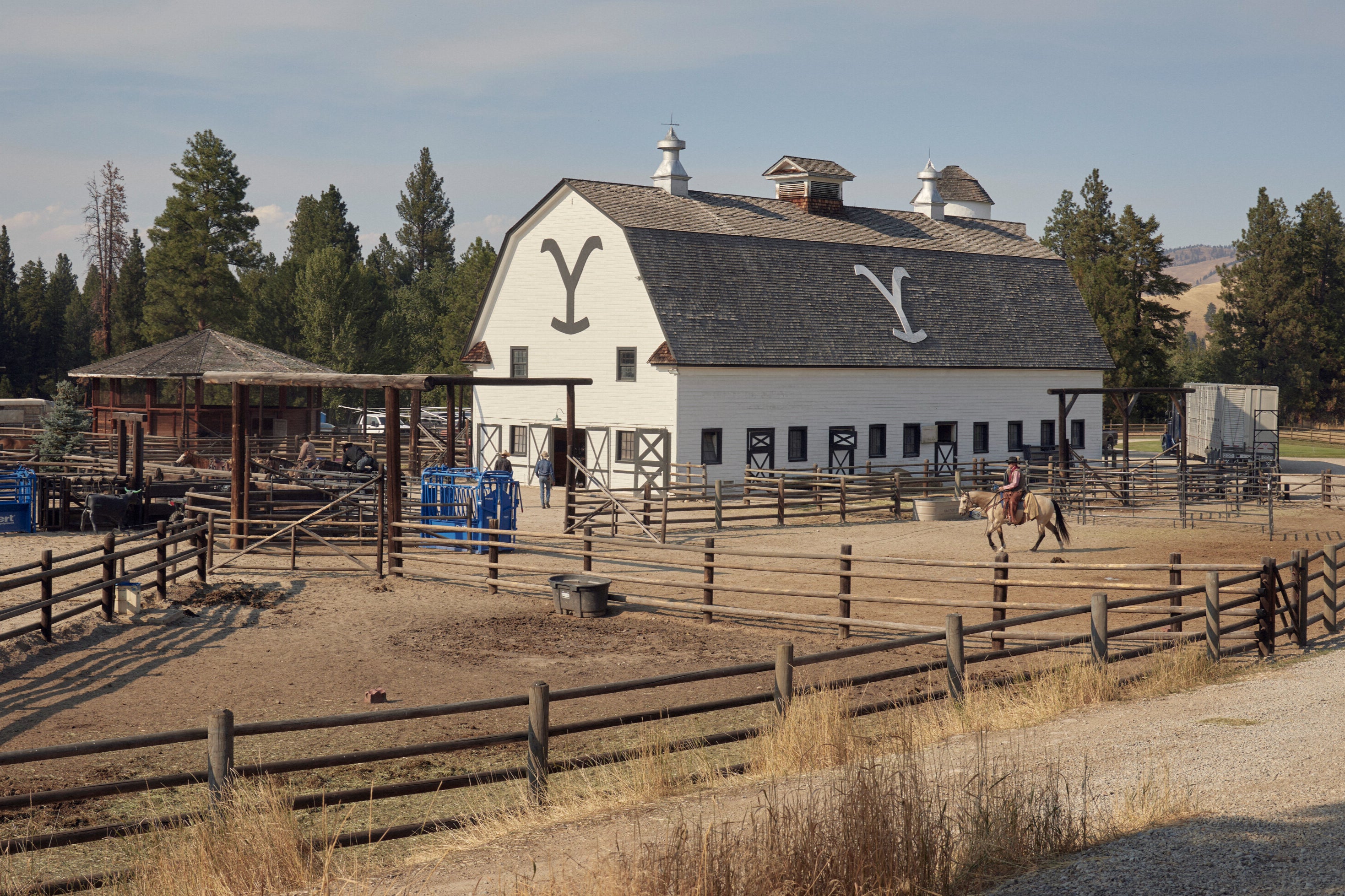
Your support helps us to tell the story
From reproductive rights to climate change to Big Tech, The Independent is on the ground when the story is developing. Whether it's investigating the financials of Elon Musk's pro-Trump PAC or producing our latest documentary, 'The A Word', which shines a light on the American women fighting for reproductive rights, we know how important it is to parse out the facts from the messaging.
At such a critical moment in US history, we need reporters on the ground. Your donation allows us to keep sending journalists to speak to both sides of the story.
The Independent is trusted by Americans across the entire political spectrum. And unlike many other quality news outlets, we choose not to lock Americans out of our reporting and analysis with paywalls. We believe quality journalism should be available to everyone, paid for by those who can afford it.
Your support makes all the difference.Yellowstone arrived on our screens almost seven years ago, but this November the conclusion of the Duttons’ whirlwind story is nigh, with the second half of the fifth and final season finally being released.
The first half of the fifth season aired in November 2022, tormenting Yellowstone fans with a tantalizing two-year wait before the final part of the story would run.
While Yellowstone star Kevin Costner, who played ranch owner John Dutton, announced earlier this year that he had decided to leave the show, the final part promises to continue the story of the Dutton family.
The show’s creator, Taylor Sheridan, has led and developed the characters through everything from hair-raising moments to deeply heartbreaking events, yet one element that has remained steady among the show’s chaos and drama is Dutton Ranch itself.
In the show, the events playing out on Dutton Ranch are set in the modern day – with some throwbacks to the late 19th and early 20th century in spinoffs – in Montana.
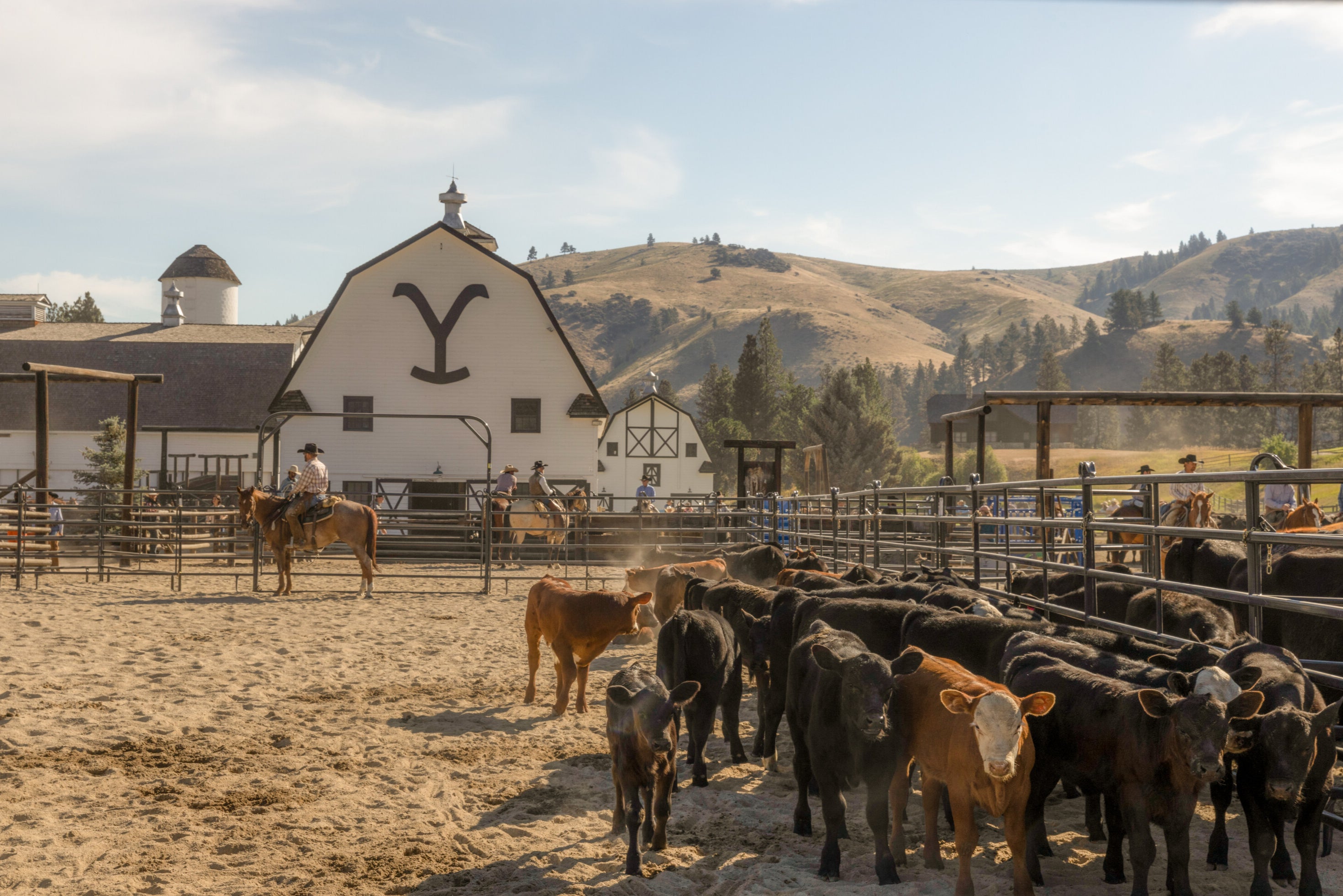
Viewers will identify the property as Dutton Ranch, easily recognized by the giant ‘Y’ plastered on the front of one of the barns – that stays up all year round even when the film crew isn’t there – yet to locals, it is known under a different name: Chief Joseph Ranch.
When it is not being used as the setting for Paramount’s Yellowstone television series, the property is a working, family-owned cattle ranch, nestled between the striking Trapper Peak mountain summit and the Bitterroot River valley. The ranch also has guest cabins, but it is not currently taking any reservations for the rest of 2024 and 2025.
Shane Libel and his family have owned and operated the ranch since 2012, but while Libel says the show creates a fairly accurate picture of today’s American Western lifestyle, their everyday lives are a far cry from the melodramatic events that haunt the Duttons.
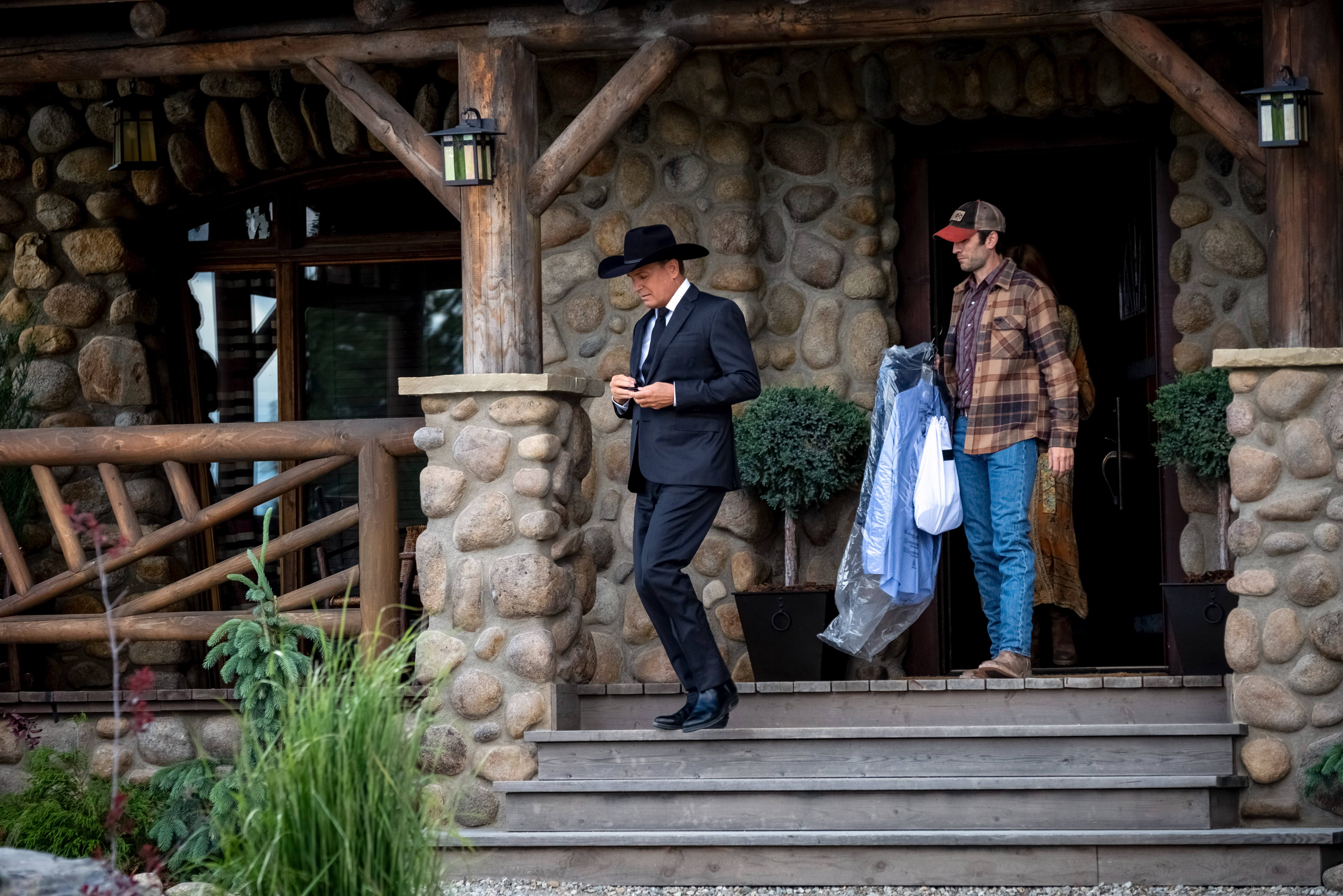
“We don’t brand anybody who works for us,” Libel told TV Insider in 2022, referencing John Dutton’s choice to brand his employees with a ‘Y’ (and occasionally using it as punishment). “Although I had a young man working for me who was scared to death I was going to do that because he’d seen the show.”
The frame of the lodge comprises has a large stone shell and giant timber logs, while the roof is from one single, gigantic tree and adorned with Tiffany lamps that date back to when the property was built.
In the series, Dutton Ranch is witness to plenty of drama – and the same can be said for Chief Joseph Ranch in real life.
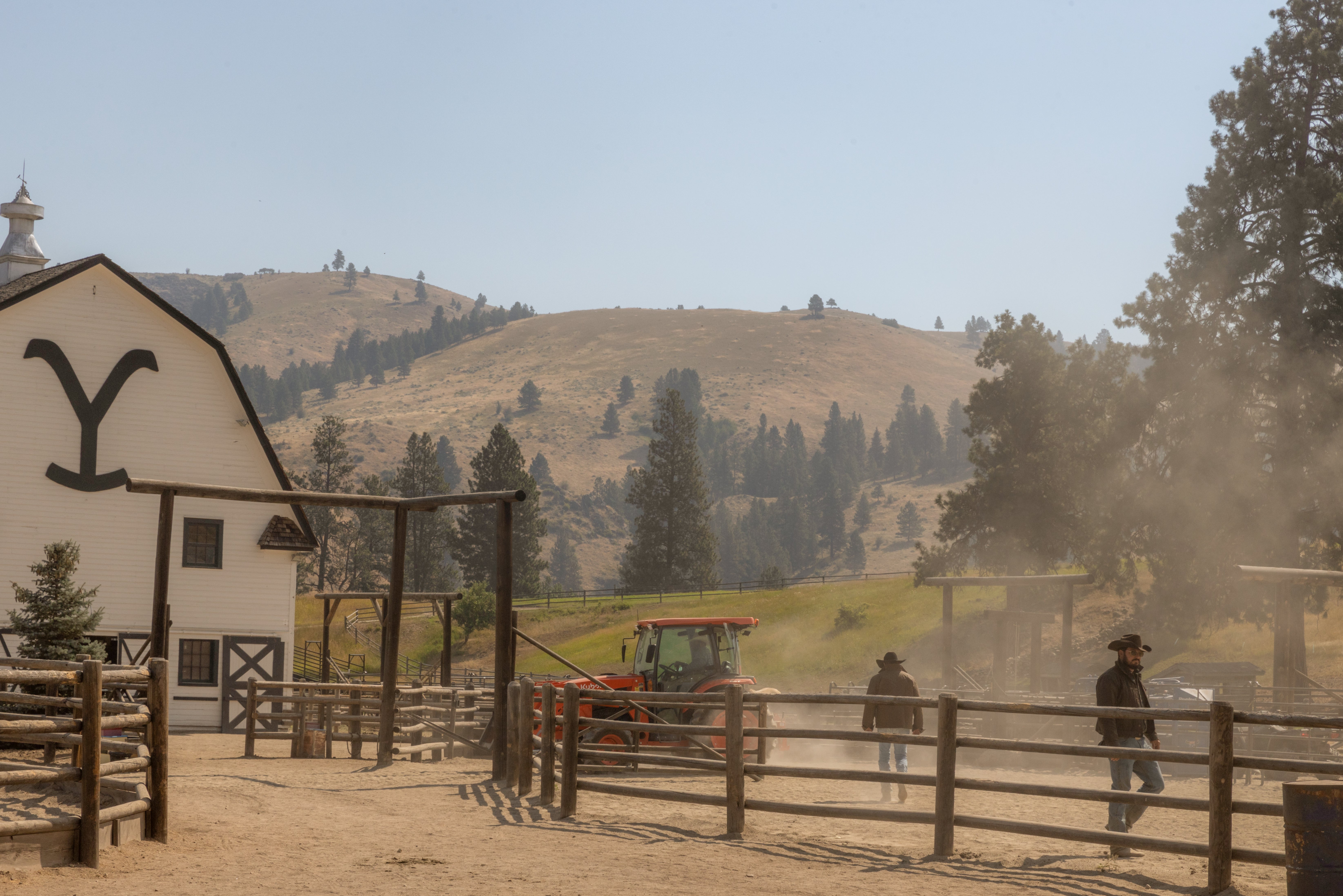
Before there was ever a film crew – or even a ranch for that matter – the lands were previously inhabited for hundreds of years by the Salish Native American tribe, Chief Joseph Ranch’s website says. Today, the Bitterroot Salish, along with the upper Pend d’Oreille and Kootenai tribes, with over 7,000 tribal members, live on or near the Flathead Reservation further upstate.
The land upon which the cabin now stands also became significant due to the trail that ran through it. The Nimiipuu people who make up the Nez Perce tribe, annually travelled the trail south to reach bison hunting grounds in the Big Hole Valley. This historic trail winds over the ranch just west of the Lodge and funnels down to where the barns are now located.
In September 1805, the trail was also used by Meriwether Lewis and William Clark, military men who led an expedition to the western position of the country after the Louisana Purchase. They entered the northern Bitterroot Valley and followed a trail used by the Native American tribes during their expedition.
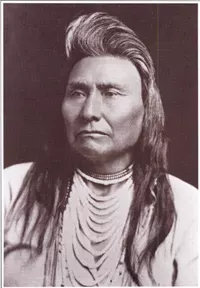
However, the ranch lands were not always a place of expedition and discovery. War broke out between the US Army and a band from the Nez Perce tribe after they were forced to give up their ancestral lands and move to a reservation.
The ‘non-treaty’ Nez Perce were forced on a 126-day journey that spanned over 1,170 miles and through four different states in the summer of 1877.
The leader of this Nez Perce band, Chief Joseph, led his people across the ranch in his flight from the US Army during this time, the ranch says.
By 1880, the 2,500-acre property became homesteaded by settlers, and was originally known as the Shelton Ranch, before businessman William S Ford, along with federal judge Howard Clark Hollister from Ohio, bought the ranch for a summer hideaway in 1914.
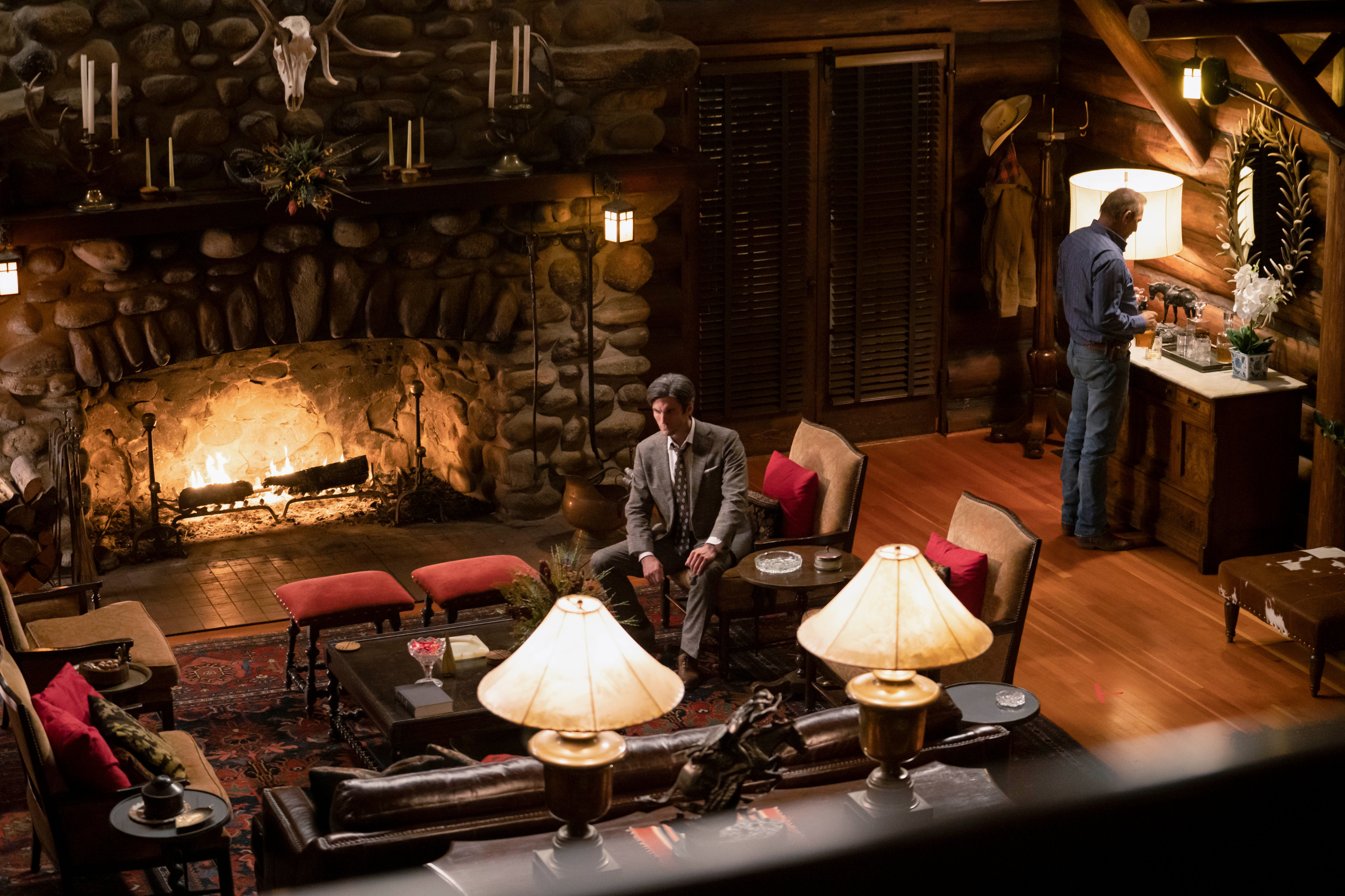
The 6,000-square-foot log structure, along with three large barns, was built under the name the Ford-Hollister Lodge by 1917. Since then, the ranch has had a string of different owners who used it for various purposes such as a dairy operation and herding cattle.
In the early 1950s, the Ford-Hollister Ranch was sold and renamed the Chief Joseph Ranch in honour of the Nez Pence chief.
One of the past owners was Native American entrepreneur Mel Pervais who restored the ranch to its former glory after parts of it fell into dereliction.
Today, the ranch is owned by a family who have made it their home, but over the past seven or so years, it has temporarily been transformed into Yellowstone’s Dutton Ranch.
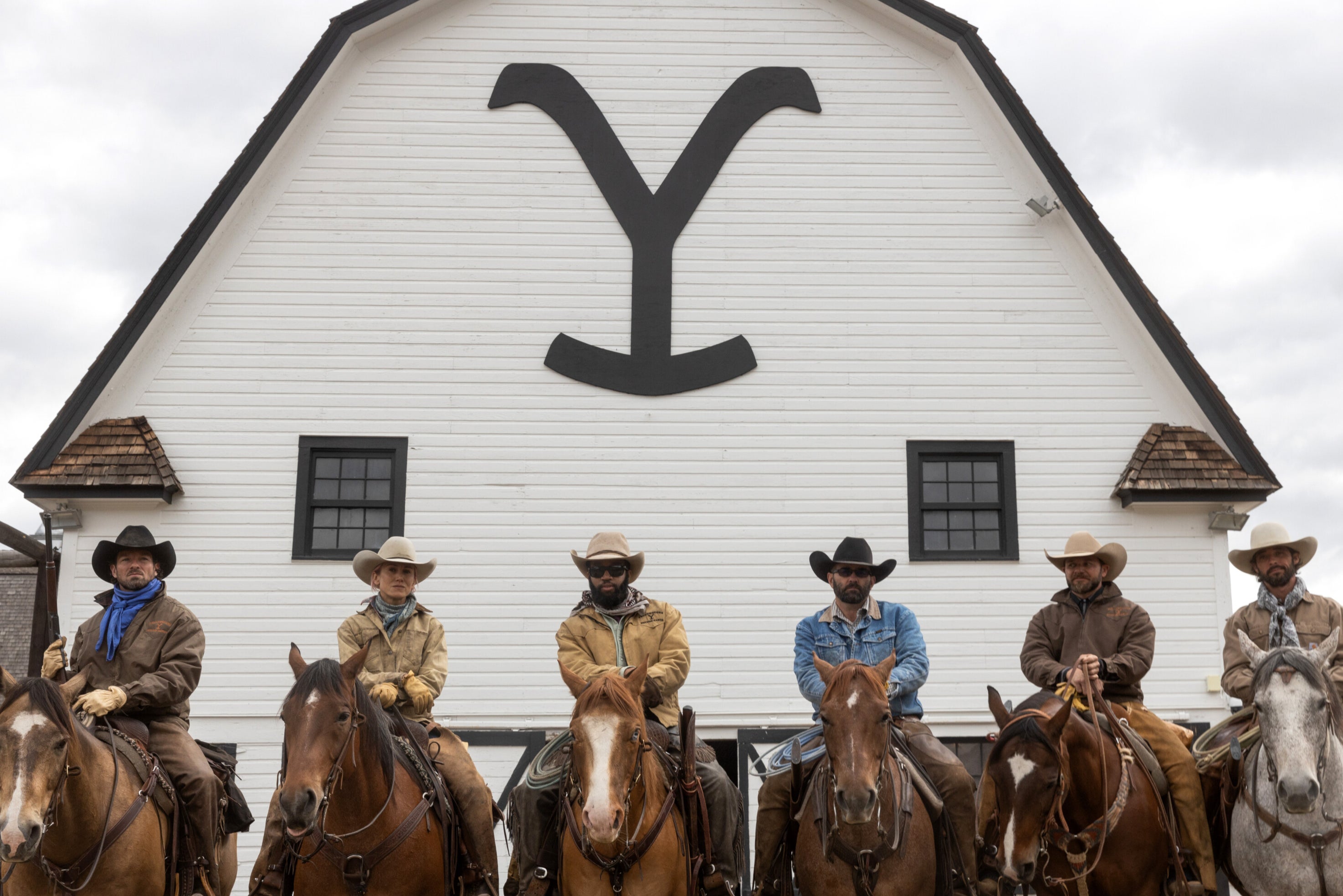
There are two 1916 guest cabins on the ranch, nicknamed after Lee Dutton and Rip Wheeler who each spent time in the cabins in the show, but in real life, they once housed domestic staff who worked for those living in the main lodge. The cabins come with beds, bathrooms, kitchens and a living space.
The owners of the ranch were taking bookings for avid Yellowstone fans to stay, with a guided tour of the ranch included in their reservation, but it appears they are not offering this at the moment.
The family said they are “honoured” that Paramount chose their ranch to film such a culturally-impactful series.
“I’ll tell you what’s extraordinarily humbling: sitting in my living room watching this show that is filmed in my house, and the show is watched by millions and millions of people worldwide,” Libel added to TV Insider.
“I sit there and realize that, to millions of people, my house is quintessential Montana.”
Join our commenting forum
Join thought-provoking conversations, follow other Independent readers and see their replies
Comments